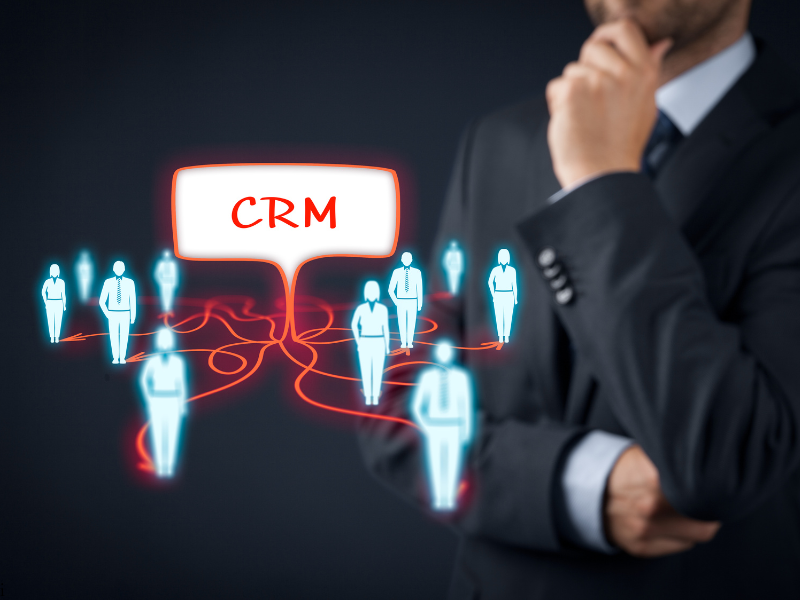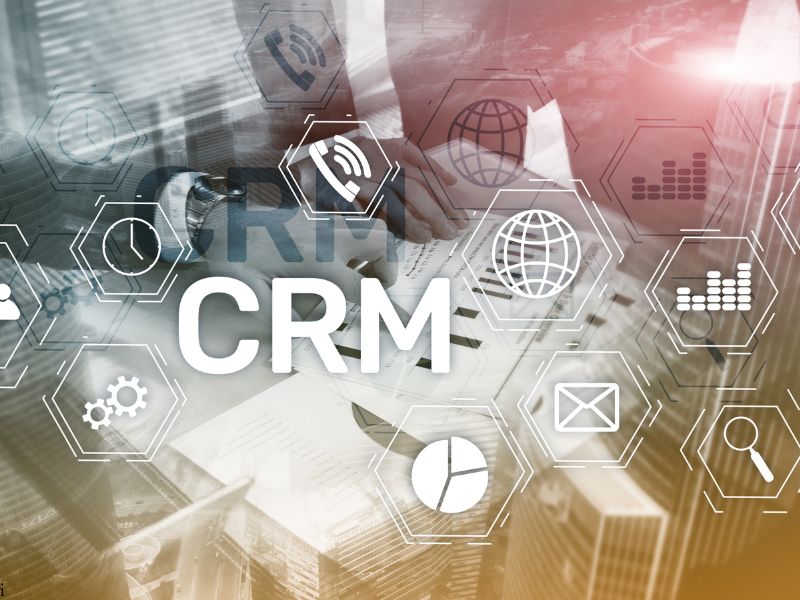This article delves into what CRM entails, its benefits, and the various types and technologies that make CRM indispensable for modern businesses.
What is CRM (Customer Relationship Management)?
CRM refers to the systems and practices that help companies manage customer interactions across various touchpoints. Whether through websites, phone calls, live chats, social media, or email, CRM ensures a seamless flow of communication and service between businesses and customers.

CRM systems consolidate valuable customer data—such as personal details, purchase history, and buying preferences—into a single database. This centralized system helps employees access relevant information to provide better customer service and personalized experiences.
Benefits of CRM for Businesses
CRM systems bring a multitude of advantages, making them essential tools for businesses aiming to improve operations and customer satisfaction:
- Enhanced Customer Service: CRM provides support teams with access to customer data, such as purchase history and previous interactions, enabling faster, more personalized service.
- Better Trend Analysis: CRM tools collect and analyze customer data, helping businesses identify patterns and insights for improved decision-making.
- Automation of Tasks: By automating repetitive tasks like data entry and customer follow-ups, CRM systems streamline workflows and increase efficiency.
Key Components of CRM
Modern CRM systems go beyond basic data storage by integrating advanced features to enhance customer interactions and streamline business processes.

- Marketing Automation: CRM systems automate marketing efforts, such as sending targeted emails or running lead-nurturing campaigns. For example, when a sales prospect is added to the system, it might automatically trigger an email sequence to convert them into a customer.
- Sales Force Automation: These tools track customer interactions, manage leads, and automate sales-related tasks, helping sales teams close deals more effectively.
- Contact Center Automation: CRM systems streamline customer service operations with features like chatbots, prerecorded audio messages, and ticketing systems to resolve customer queries faster.
- Geolocation Technology: CRM systems can incorporate GPS technology to create targeted campaigns based on customers’ locations, helping businesses optimize marketing strategies.
- Workflow Automation: CRM platforms reduce manual workloads by automating repetitive tasks, enabling employees to focus on strategic objectives.
- Analytics and Reporting: CRM analytics provide valuable insights into customer behavior, enabling businesses to create targeted campaigns and improve customer satisfaction.
- Artificial Intelligence (AI): AI-powered CRMs use predictive analytics to anticipate customer needs, automate data entry, and offer personalized recommendations based on past behavior.
Types of CRM Technology
CRM systems come in various formats to suit different business needs. The three primary types of CRM technology include:

Cloud-Based CRM
- Overview: Also known as Software-as-a-Service (SaaS), cloud-based CRM allows users to access data from anywhere via the internet.
- Pros: Quick setup, scalability, and accessibility.
- Cons: Potential data security concerns and ongoing subscription costs.
- Examples: Salesforce, HubSpot, Zoho, Zendesk.
On-Premises CRM
- Overview: The CRM software is hosted on the company’s servers, providing full control over data.
- Pros: Greater data security and control.
- Cons: Higher upfront costs and more complex installation.
- Examples: Aptean, Salesforce (on-premises version).
Open-Source CRM
- Overview: Open-source CRM provides access to the source code, allowing businesses to customize the software as needed.
- Pros: Flexibility and cost savings.
- Cons: Requires technical expertise for customization and maintenance.
- Examples: SugarCRM, SuiteCRM, Bitrix24.
Practical Applications of CRM
CRM systems are versatile tools with applications in various business functions, such as:
- Contact Centers: CRM simplifies customer support by centralizing data, allowing agents to access customer history and resolve queries more efficiently.
- Social CRM: With the integration of social media, businesses can engage with customers directly on platforms like Facebook and Twitter. Social CRM tools help monitor brand mentions, analyze feedback, and improve customer satisfaction.
- Mobile CRM: Designed for on-the-go professionals, mobile CRM apps allow sales and marketing teams to access customer data, update records, and manage tasks from anywhere.
- B2B CRM: In a B2B setting, CRM tracks sales processes and streamlines lead management, improving visibility and efficiency throughout the customer lifecycle.
Challenges in CRM Implementation
While CRM systems offer significant benefits, improper management can lead to inefficiencies. Common challenges include:
- Data Silos: Disconnected data sets hinder the ability to get a unified view of the customer.
- Duplicate Records: Outdated or duplicate data can impact decision-making and customer experience.
- Complexity: Without proper training, users may struggle to maximize the potential of CRM systems.
To overcome these challenges, businesses should regularly clean their databases and integrate CRM with other systems for seamless data sharing.
Conclusion
CRM (Customer Relationship Management) is a vital tool for businesses seeking to enhance customer interactions, streamline processes, and boost sales. With features like automation, analytics, and integration capabilities, CRM systems empower organizations to deliver personalized experiences and build stronger customer relationships.
Whether you choose a cloud-based, on-premises, or open-source CRM, understanding your business needs is key to selecting the right solution. With advancements in AI and automation, CRM technology continues to evolve, promising even greater efficiency and insight for businesses in the future.
